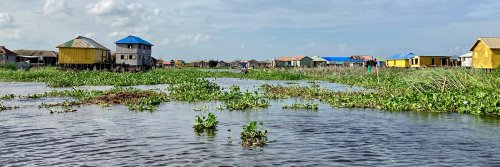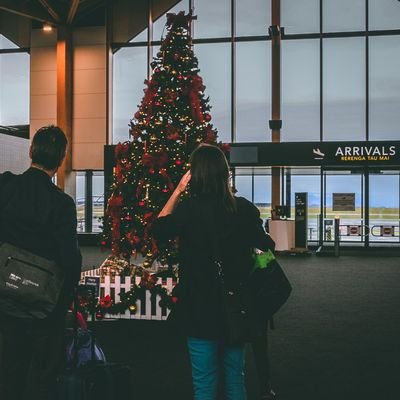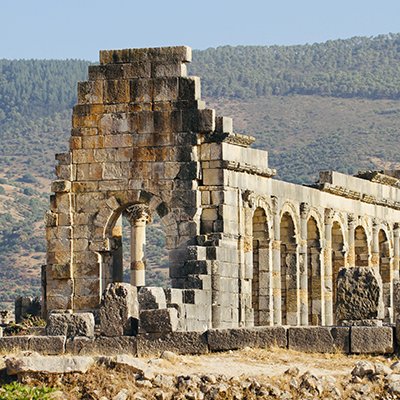Voodoo conjures up pictures of slithering snakes, spine-chilling masks, scary scenes of devilish figures wildly dancing around licking flames of fire, sticking pins into dolls, human possession by spirits, and sacrificial blood being sprayed everywhere. The Western view of voodoo is somewhat tainted by its perception of the unknown spirit world and encouraged by American horror movies feeding an ignorant approach to what is a religion that was born in West Africa.
Voodoo was spread with the tragic slave trade to other countries such as Cuba, Haiti, Jamaica, and other Caribbean countries—it's one of the most misunderstood religions in the world. The supreme god of Voodoo is Bondye, who does not interact with humans; this is done by the powerful spirits 'Iwa," who are a conduit between Bondye and humanity. Since 1996, voodoo has been recognized by the Beninese government as a religion and is now considered an important cultural heritage. Ouidah attracts tourists wishing to experience the world's weird and wonderful, those attempting to trace their African roots, or perhaps believers wanting to chat with their ancestors.
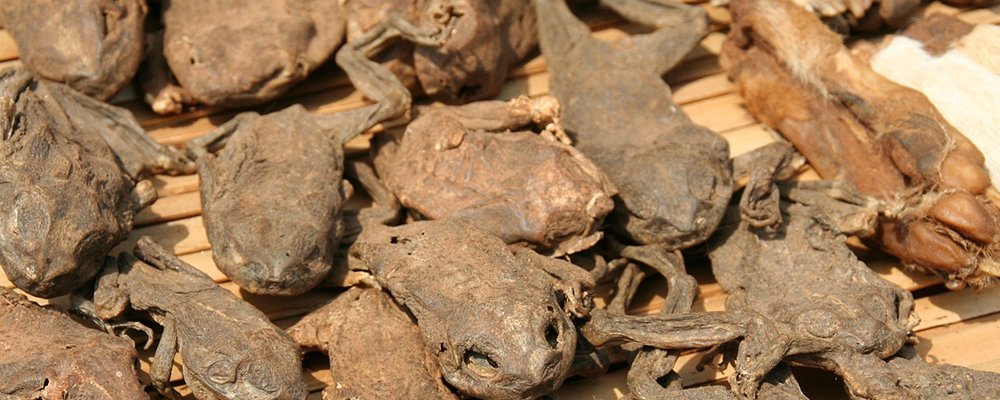
A destination for curious minds that don't balk at witnessing the age-old practices of voodoo, Ouidah holds its annual Voodoo festival in January of each year. The streets become mobbed in riotous happenings, full-on and in-your-face. The region's history is stuffed with gory tales of African Kings, slavery, voodoo, and the world-wandering Portuguese and French invaders. This is one instance that I recommend going with a tour group rather than fumbling about in solo mode.
The city of Ouidah sits in the south region of Benin on West Africa's coast, an hour away from the large seaside town of Contonou and one and a half hours from the city of Porto Novo that was created in the 16th Century solely for the purpose of the slave trade. The dark history of Ouidah is that during the 17th to 19th Centuries, it was the hub for the Atlantic slave trade and became known as the birthplace of voodoo. Ruled over by the powerful kings of the Kingdom of Dahomey, they would buy the enslaved Africans from other surrounding kingdoms and sell them on to the European traders.
The voodoo practiced in Ouidah is in its purest original form, with about 60% of the people of Benin following the religion with many aspects spilling over into everyday life amidst sun-baked red sandy streets in a crumbling small town. If you can tear yourself away from French bakeries surrounded by the scent of freshly baked baguettes, the markets have intriguing displays. Herbal medicines vie for attention beside goats and chickens ready for the chopping block or the pot. Dehydrated bits of animals (heads to penises) are the obvious source of a dank and musty odor clouding the stalls. African so-called kings are rife in this region that was once the most active slave trading port in Africa.
There are numerous reminders of the horror of slavery and the beliefs of voodooism colliding along the named ‘Slave Route’: the last four kilometers an enslaved person had to drag their chains to the boats waiting at the docks. More than one million souls were kidnapped from Africa over more than two centuries. Along this route, the 'Tree of Forgetfulness' is where the kings of Dahomey believed that if the women marched around it 7 times and men 9 times, they would forget about their homeland and never return. The 'Tree of Return' was planted in the belief that if the enslaved people had made it so far from their villages to the town of Ouidah and walked around it three times, their souls would return if they died far from their land of birth. The largest memorial awaits at the end of the Slave Route—the Door of No Return—a bronze arch standing majestically on the beach as a memorial to all of the enslaved Africans who left on those diabolical boats trading in human misery.
Another interesting site is the Temple of Pythons—a temple dedicated to voodoo with a pit inhabited by royal pythons 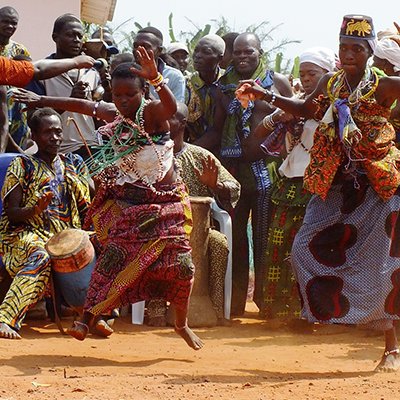 believed to be voodoo followers' protectors. Ouidah’s ‘Sacred Forest’ is akin to an open-air museum devoted to voodooism where sculptures of divine gods line walkways, with the super-sized phallic exhibitionism of Legba’s statue, the Voodoo gods messenger, a sight to behold in this serene and pristine woodland. The Sacred Forest is a pilgrimage destination for worshippers and a site for initiation ceremonies.
believed to be voodoo followers' protectors. Ouidah’s ‘Sacred Forest’ is akin to an open-air museum devoted to voodooism where sculptures of divine gods line walkways, with the super-sized phallic exhibitionism of Legba’s statue, the Voodoo gods messenger, a sight to behold in this serene and pristine woodland. The Sacred Forest is a pilgrimage destination for worshippers and a site for initiation ceremonies.
The incredible Voodoo Festival is one you won’t forget in a hurry—colorful and loud, it invades your senses and surprises your long-held beliefs. It's a procession of devotees, fetish priests, and village chiefs, all dressed in extravagant costumes and masks as mythical figures dance wildly to the rhythm of their ancient religion. Many fall into a trance as they believe they are possessed by the spirits. Drums beat, percussion instruments clash, feet pound the earth in tune with reverberating songs and prayers—your eyes may deceive you; such is the emotional and visceral experience.
If you happen to be in Ouidah at any other time of the year, word has it that you can still witness an authentic voodoo ceremony if you are in the company of a good local guide and a bit of financial lure.
Gail Palethorpe, a self proclaimed Australian gypsy, is a freelance writer, photographer and eternal traveller. Check out her website Gail Palethorpe Photography and her Shutterstock profile.

